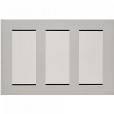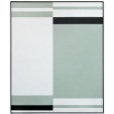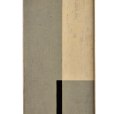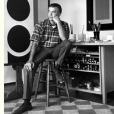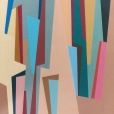
Los Angeles Modern Auctions (LAMA) auction on May 6, 2012 of Important 20th Century Modern Design and Fine Art
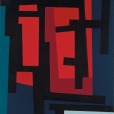
20th Century Art & Design Auction

Los Angeles Modern Auctions (LAMA), 20th Century Modern Art and Design auction, May 19, 2013

Los Angeles Modern Auctions (LAMA) auction on May 6, 2012 of Important 20th Century Modern Design and Fine Art
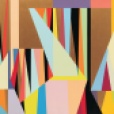
Untitled, 12/20/03, 2:57 PM, 8C, 3414×4514 (580+936), 75%, bent 5 stops, 1/100 s, R93.9, G62.7, B65.4
Chicago native Karl Benjamin found his way to California to go to college on the G.I.Bill after serving in the Navy during World War II. With no formal education in art, Benjamin who was an elementary teacher, began working with crayons in the course of developing art lessons for his students’ curriculum. He became enthralled with the way in which colors appeared to change when in juxtaposition with other colors and enrolled in classes at Claremont Graduate School, ultimately earning an M.A. degree in 1960 and developing a serious art practice as a painter who worked rigorously with color.
‘His principal started it all by asking him to add 47 minutes a week of art instruction to the curriculum.“I bought some crayons and paper,” he said. “And the kids drew trucks, trees, mountains. That was boring, so I said, No trucks, no trees. And they said, What should we do? I said the right thing, even though I didn’t have any background in art. I said, Be quiet and concentrate.” – Jori Finkel, Karl Benjamin’s Colorful Resurgence, New York Times, October 7, 2007 Continue reading Karl Benjamin: West Coast Hard Edge Abstraction, Pt2 →








































































































